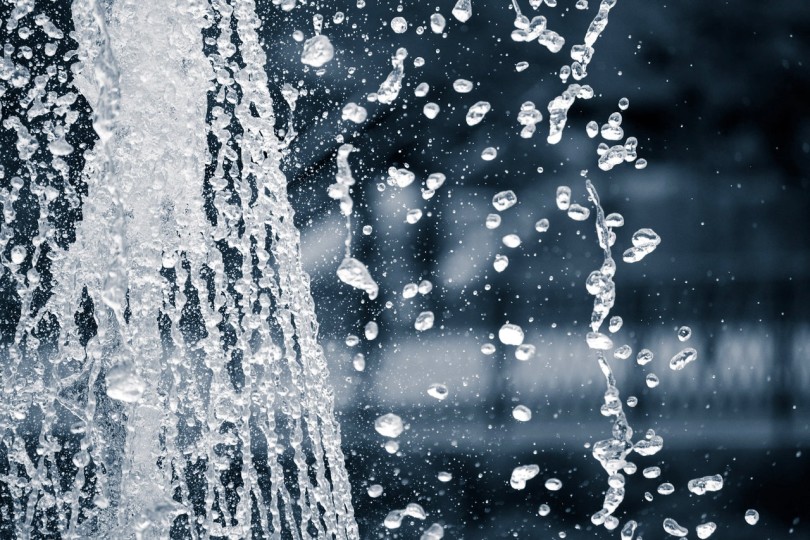22 Apr 24
Lab ChatLabworx
The Global News Source for the World of Science and Chemicals
How is WATER BEING SAVED in Al Dhafra?
20 May 2022
Enviro Chat
The Emirati government has announced that water consumption has been drastically reduced in the Al Dhafra region of Abu Dhabi. Thanks to innovative irrigation methods and improved use of groundwater resources, the region was able to save some 12.4 billion gallons of H2O last year.
In a country where rainfall is an infrequent occurrence and water scarcity is a real issue as a result, such measures are hugely important in safeguarding drinking water supplies, irrigating crops and enhancing the quality of life for millions of humans, animals and plant species. But how, exactly, did the Al Dhafra authorities achieve such impressive results?
The mother of invention
The UAE in particular – and the Middle East in general – is infamous for the lack of precipitation it receives on a yearly basis. However, the first three months of 2021 were particularly parched, with just 1.2mm of rain falling across all of them. In fact, statistics published by the National Centre of Meteorology revealed that only 7.73mm of rain fell in Abu Dhabi in the six months between October and March.
That’s a mere fifth of the precipitation that was projected to fall, prompting the authorities into action. With such a pronounced dry spell on their hands, the Al Dhafra Region Municipality brought in a number of measures geared towards increasing water conservation and reducing water consumption.
Friendly flora
One of the chief methods used by the Al Dhafra authorities was to increase the efficiency of the region’s irrigation system. A beautification project undertook to plant local species of flora across an area of 58,000m2, including 40 roundabouts and a number of traffic islands which covered an additional 156,000m2.
At the same time, those in charge of the project removed over 60,000 dead, dying, diseased or otherwise harmful trees which consumed resources without contributing anything back to their local ecosystem. In this manner, the municipality was able to reduce water consumption for the local plants to a mere 66 million gallons throughout the whole of 2021.
Decommissioning wells
At the same time, the authorities were able to achieve further gains by decommissioning or downgrading dozens of groundwater wells. Wells in close proximity to dead or dying trees that had been removed were closed down entirely, so as to reduce the possibility of groundwater pollution – one of the trickiest and most challenging types of water pollution to reverse – and conserve water.
In total, some 19 wells were decommissioned completely, while over 500 were covered over and 33 more were closed to aid in efforts to enhance the safety of the ecosystems surrounding them. All of these measures helped to bring water consumption in the green spaces of residential zones down to just 4.59 litres per square metre, which was a 57% improvement on the region’s 2021 targeted figure of 8 litres per square metre.
DOWNLOAD PDF

2 Day Seminar Program
@ ArabLab+ 2024
24 & 25 September 2024
Your stay in Dubai
Labkit
Product News
Chemkit
Product News
Thinking about exhibiting at ARABLAB 2024? Watch our video to find out more.
Join the world’s leading organisations…
Get in touch and stay in touch…
Join our mailing list and receive the ARABLAB newsletter and event updates.





















